Big cats, belonging to the family Felidae, are some of the most fascinating and enigmatic creatures on the planet. These majestic animals have captivated humanity for centuries with their grace, power, and elusiveness. One of the most intriguing aspects of big cats is their diverse social structures. Unlike other animal groups, big cats exhibit a wide range of social behaviors, from solitary lifestyles to complex communal systems. This article delves into the social structures of different big cat species, highlighting their unique characteristics and adaptations.
Lions: The Quintessential Social Big Cats
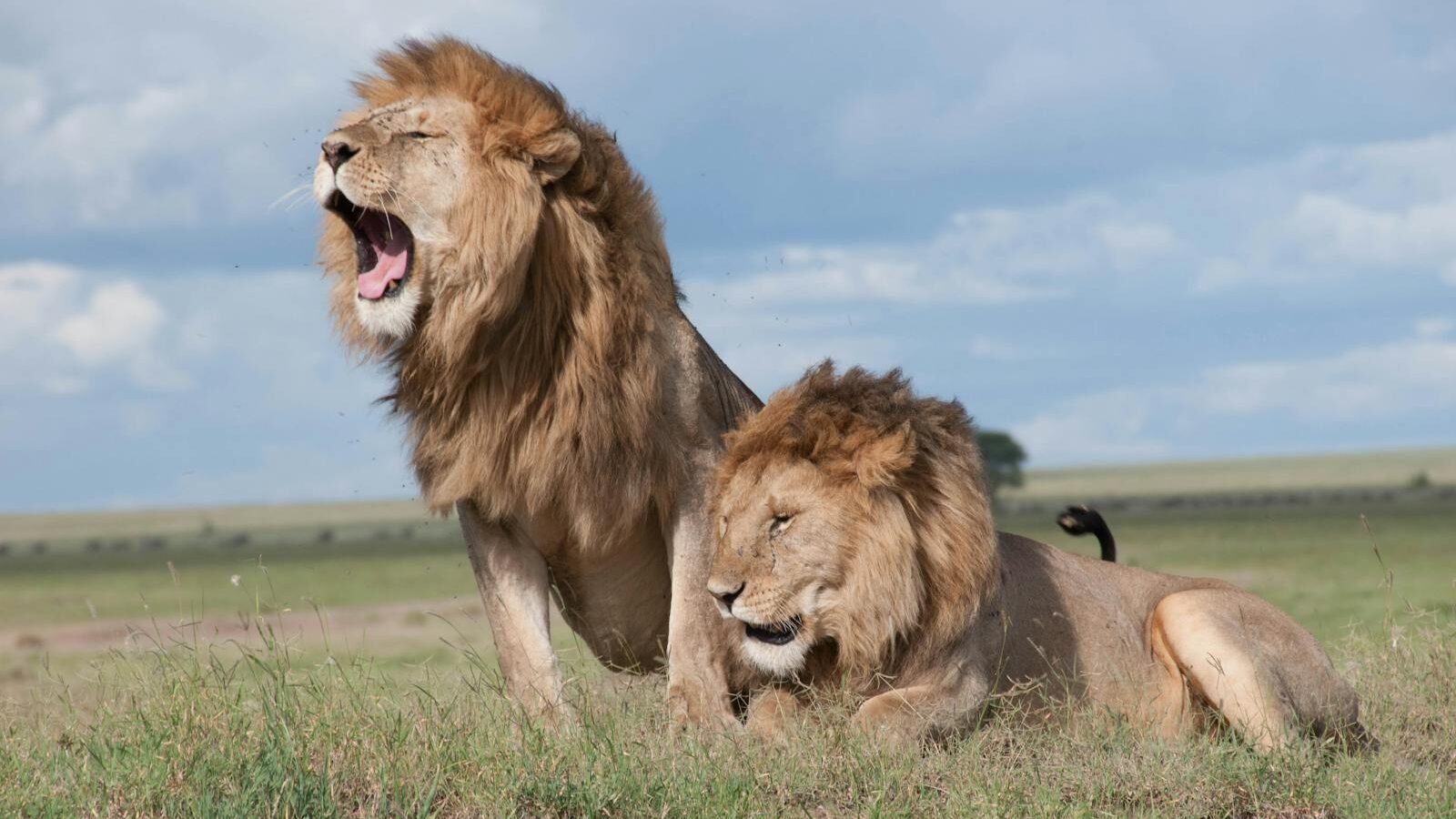
Lions are perhaps the most social of all big cats, living in groups known as prides. A typical pride consists of several related females, their offspring, and a coalition of one to four males. This social structure allows lions to work together for hunting, raising cubs, and defending their territory. Female lions are usually the primary hunters, while males protect the pride from intruders. This communal living provides numerous benefits, including improved cub survival rates and efficient territory defense.
Tigers: Solitary Rulers of Their Realm
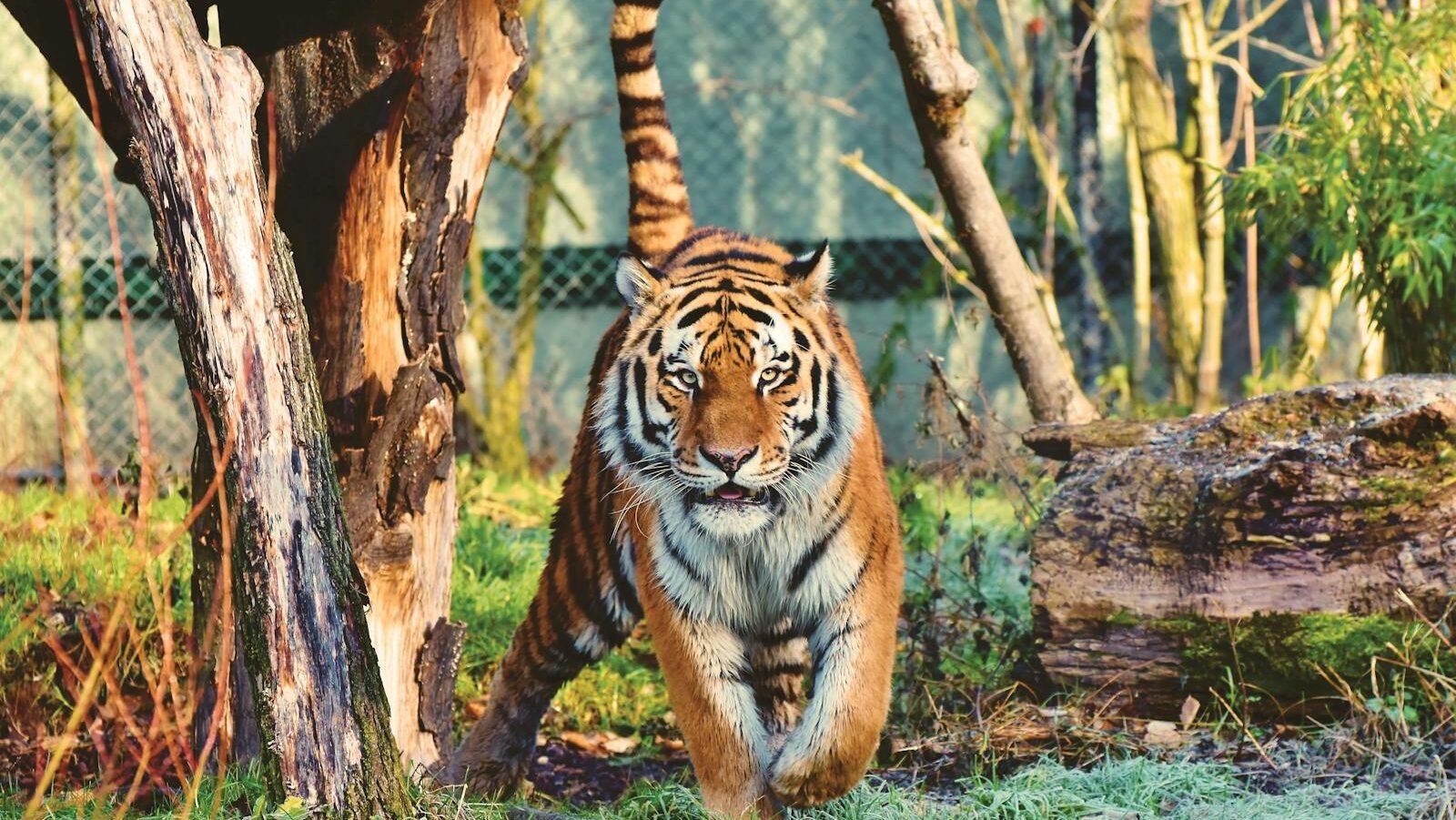
In stark contrast to lions, tigers are predominantly solitary creatures. Each tiger occupies a territory, which can span dozens of square miles, depending on prey availability and habitat quality. Solitude allows tigers to reduce competition for food, as they require large quantities to sustain their massive size. Although solitary, tigers do communicate through scent markings, vocalizations, and occasional face-to-face meetings, particularly during mating season.
Leopards: The Adaptable Opportunists

Leopards are known for their remarkable adaptability, allowing them to thrive in diverse environments, from African savannas to Asian forests. Their social structure reflects this adaptability, as they are solitary but flexible in their interactions. Leopards often maintain overlapping territories, with males’ territories encompassing those of several females. This arrangement facilitates mating opportunities while ensuring that leopards can capitalize on varied food sources within their range.
Cheetahs: Speedy Specialists with Unique Social Groups
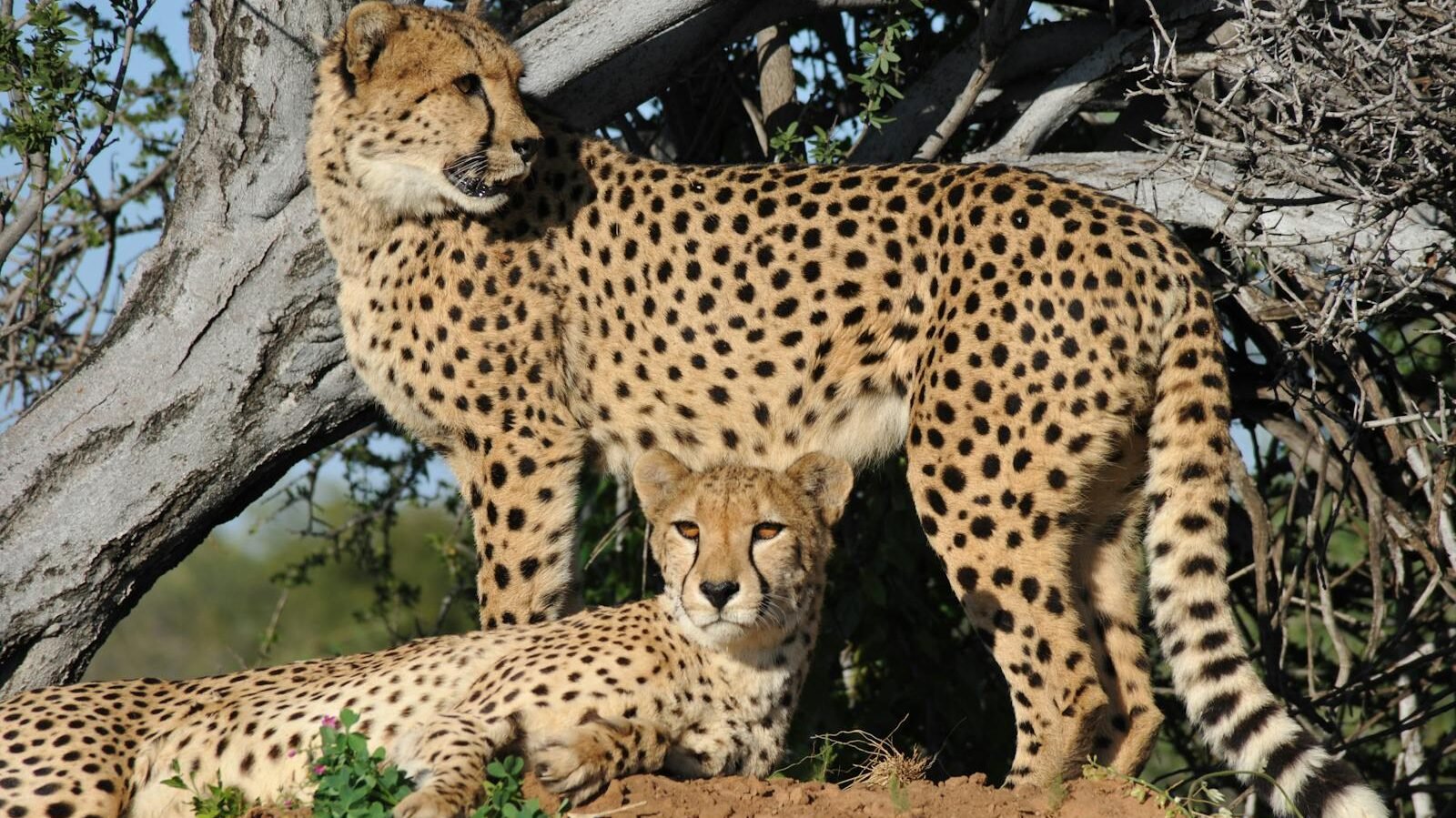
Cheetahs have a unique social structure compared to other big cats. While female cheetahs are typically solitary or accompanied by their young, male cheetahs form small groups known as coalitions. These coalitions usually consist of siblings and aim to improve hunting success and territory defense. The formation of coalitions allows male cheetahs to maintain larger territories, providing greater access to resources and potential mates.
Jaguars: Secretive Solitaries of the Jungle

Jaguars, native to the dense rainforests of Central and South America, lead primarily solitary lives. Each jaguar establishes and defends its territory, which provides ample hunting grounds and reduces competition. Jaguars are known for their elusive nature, making sightings and interactions rare. However, during the breeding season, males and females come together briefly for mating, after which they return to their solitary ways.
Snow Leopards: Solitude in the High Altitudes

Snow leopards, residing in the harsh and rugged mountains of Central Asia, are solitary and elusive. Their social structure is primarily driven by the need to navigate and hunt in challenging environments where resources are limited. Each snow leopard commands a large territory, where it relies on stealth and camouflage to hunt prey like mountain sheep and goats. Despite their solitary existence, snow leopards communicate through scent markings and vocalizations to signal their presence and territory boundaries.
Clouded Leopards: Enigmatic and Elusive
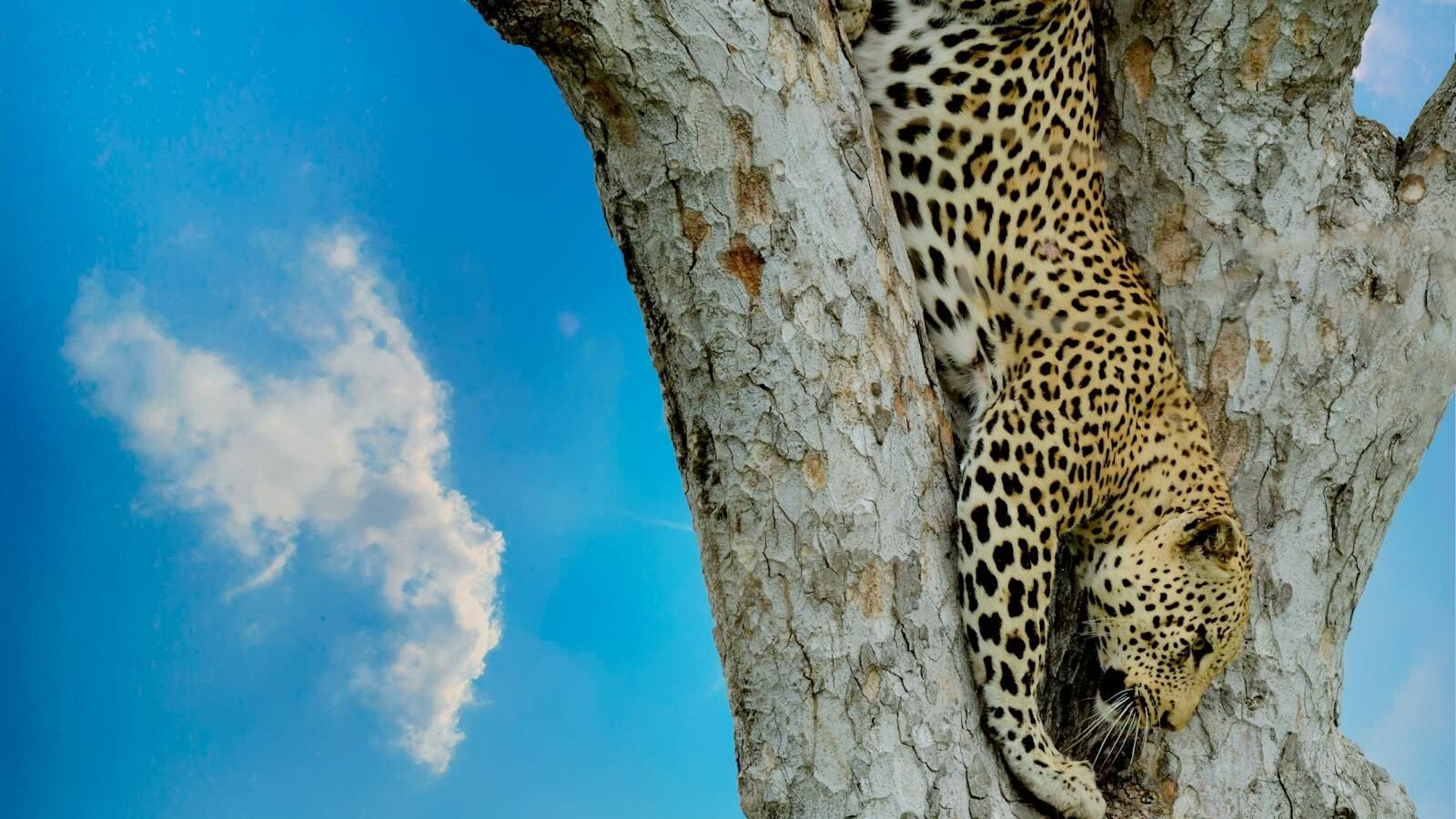
Clouded leopards, native to the forests of Southeast Asia, are one of the least understood big cat species due to their elusive nature. These cats are generally solitary, with little known about their social interactions in the wild. They are arboreal, spending much of their time in trees, which influences their solitary lifestyle. Despite their reclusive nature, clouded leopards are known to come together during the breeding season.
Pumas: The Solitary Ambushers of the Americas

Pumas, also known as cougars or mountain lions, are highly adaptable and occupy a range of habitats across the Americas. These big cats have a solitary nature, with individuals maintaining extensive territories that vary in size based on prey availability and population density. Pumas rely on stealth and ambush tactics to catch their prey, and their solitary lifestyle helps minimize competition for food resources.
The Role of Environment in Shaping Social Structures

The social structures of big cats are greatly influenced by their environments. Factors such as prey availability, habitat density, and competition impact their social organization. In open habitats like the African savanna, social structures like those seen in lion prides can thrive. In contrast, dense forests and rugged mountains favor solitary lifestyles, as seen in jaguars and snow leopards.
Conclusion: The Fascinating Diversity of Big Cat Social Systems
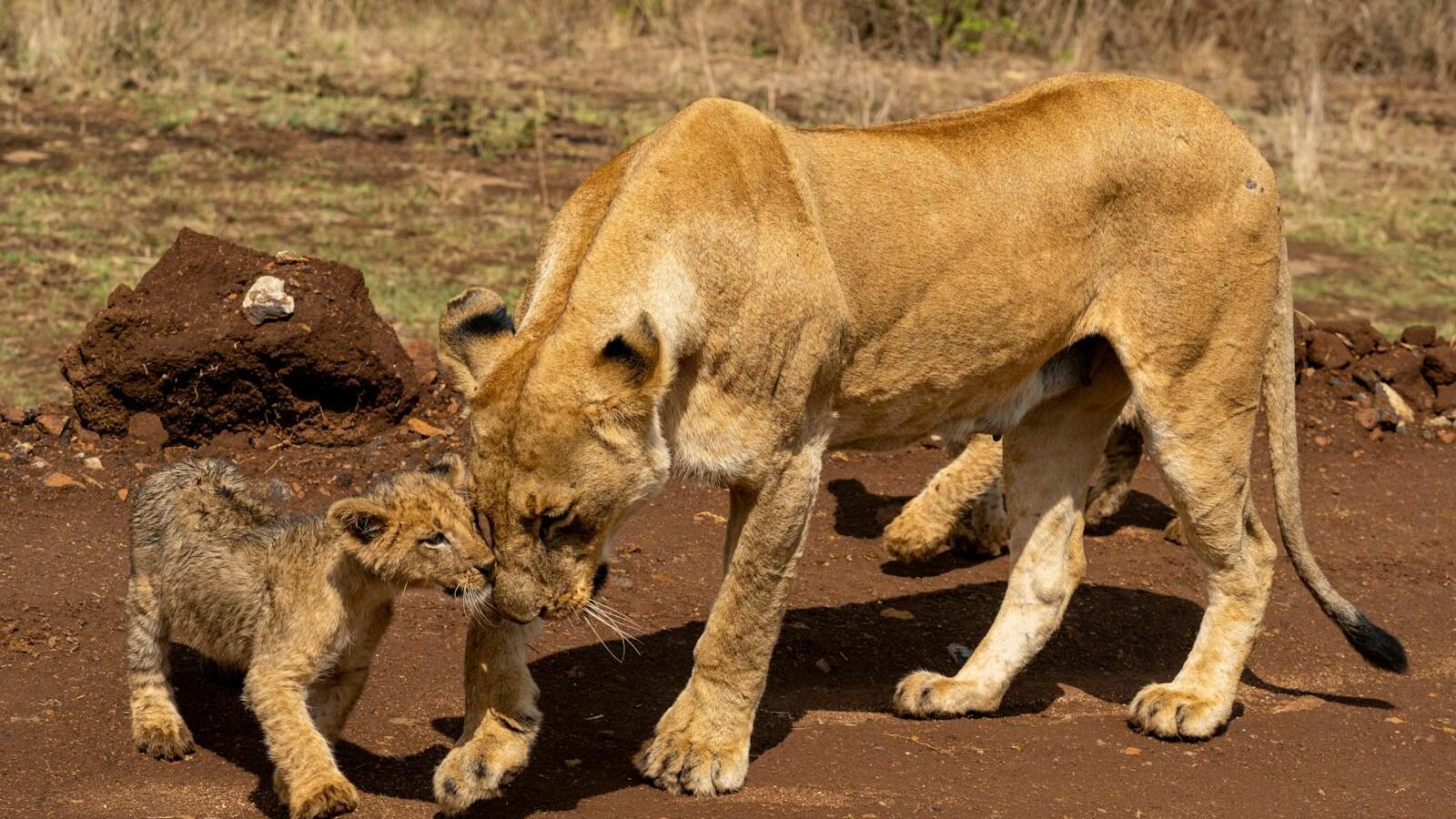
Big cats showcase a remarkable variety of social structures, each adapted to the needs of the species and their environment. From the communal lives of lions to the solitary existence of tigers, these social dynamics underscore the evolutionary adaptability of big cats. Understanding these social structures not only enriches our knowledge of these magnificent animals but also highlights the complex interplay between nature, behavior, and survival.

With over a decade of experience as a dedicated cat lover and enthusiast, I specialize in writing captivating content about all things feline. My expertise shines through in creating engaging and informative pieces that resonate with fellow cat lovers. As a proud cat parent to my beloved Duston, my personal connection to the world of cats adds authenticity and warmth to my work, making it relatable and heartfelt.






